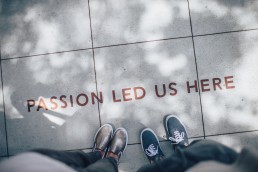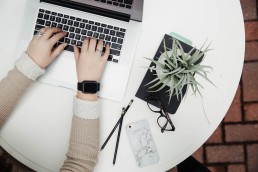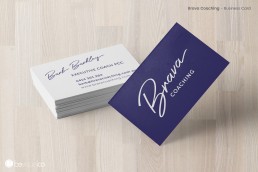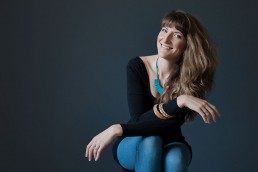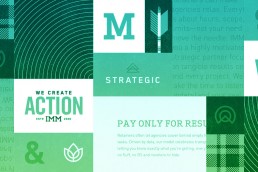Whether it’s a website, press advertisement or an annual report – creating these will often involve finding suitable stock photography. With all the royalty free stock libraries we have at our fingertips it seems anyone can be an expert. But is it really that easy? Or is there an art to choosing the perfect stock photograph for your brand?
Below are some tips to help you get that photography right and also some examples of what you SHOULDN’T be choosing when visualising your concept.
1. Search Language – This can be quite simple for very literal images. You want a picture of a dog – you type “dog” into the search bar to find many photos of dogs. But if you are wanting to describe an over-arching theme or an emotion this is where you may need to think outside the box. If you are wanting an image for “collaboration” for example– and you type in collaborations – these image may come up:

But if you particularly want collaboration in the design space– you may need to be a little more specific and search terms like; creative collaboration or design studio. See examples below for creative collaboration – the difference is subtle but sometimes that is all you need.
 2. Using an image to search – You may have found an image that is certainly moving in the right direction but isn’t quite there an example below for “Creative Collaboration”
2. Using an image to search – You may have found an image that is certainly moving in the right direction but isn’t quite there an example below for “Creative Collaboration”

You can use this image to keep going in this same search direction by utilising the “similar images” or “related images” options:

If you are looking for many images with the same look and feel, shot in the same location then “Same Series” may work for you:

3. Search by Photographer – If you really love the style of a photographer you have come across look at all of their other shots. You may find if one of their photos has suited your brand there may be more.
4. Location is one not to get wrong – So many times we see a landscape which is supposed to be “Australia” and the photograph chosen is clearly Canada or America. This may seem like a small detail but to your Target audience it is huge. It can be in the details, the native trees, or the climate, all this makes such a difference to make the photo feel believable.


5. Search Capabilities are endless – this is where you should go if you have a niche or specific need. You can determine the orientation of the image which fits with your design, how many people are in the photo, the colour and also location. Collections is one of our favourite ways to search as these have been put together using search data and popularity of searches – which means you get the best search result
Stock photography really has to hit the mark to get your point across and when it misses – it really misses. Here are a few examples of what not to choose and how to make a better choice:
EXAMPLES
Search term: Wellness
THESE ARE NOT QUITE RIGHT – Either they are too staged or trying too much at one time. They are also quite clinical, taken in a stark studio, not in a natural environment. The image of employees meditating, could be conceived as comical, again because it is unrealistic – if they were dressed in active wear the situation would be more believable.



THESE ARE A BETTER CHOICE – Showing happy faces, outdoors in natural environments. Showing family, shots of food being eaten not sat on the edge of a desk, like a still life drawing. These images are inspirational and make you want to get out, be motivated and be well!



We hope this has given you some great tips and search strategy for finding your perfect photograph – I think whenever in doubt put yourself in the shoes of the consumer and ask yourself does this inspire me and is this believable?
Here are a few of our favourite stock image libraries to get you started:
Alamy
Can Stock Photo
Bigstock
iStock Photo
Shutterstock
Dreamstime
Corbis Images
Want to learn more?
If you are thinking about your next design project – let’s talk, we’d love to help you improve your site to appeal to your audience.
Related Posts
September 24, 2019
Meet Graphic Designer Ashleigh Power
August 21, 2019
Natalie Millhouse: life of a Copywriter
July 30, 2019
7 ways to improve your website for your audience
July 21, 2019
Julie Michels: Be Visual Co’s Finance Manager
June 26, 2019
So, you have a new logo… now what?
March 29, 2017
6 ways to maximise your marketing budget before EOFY
March 8, 2017



